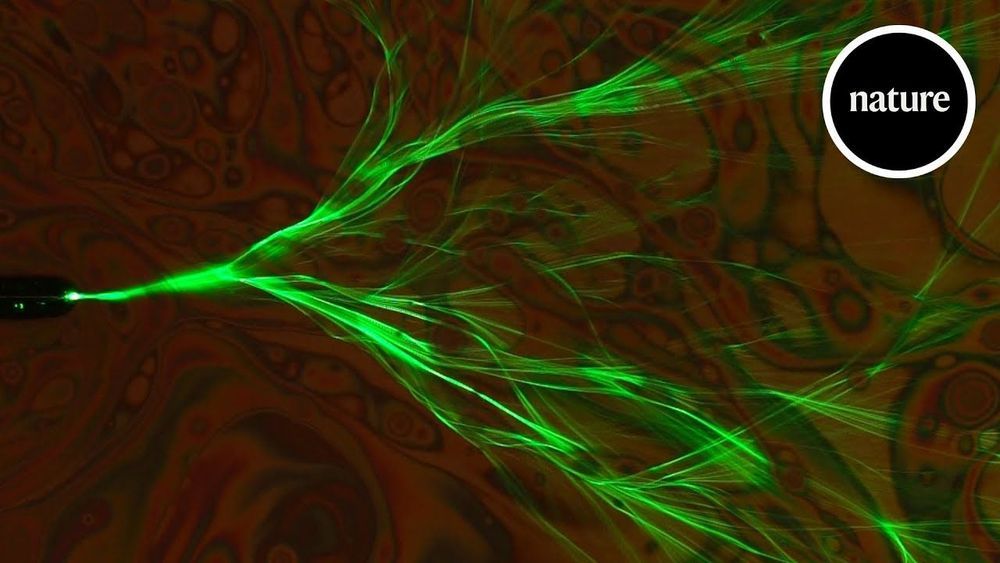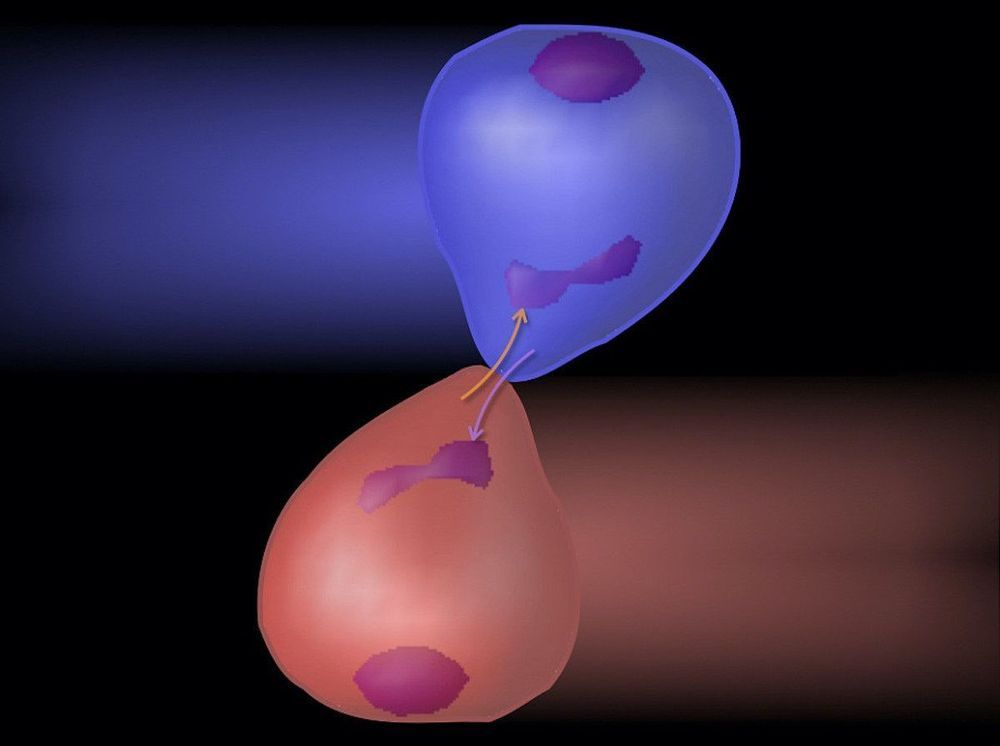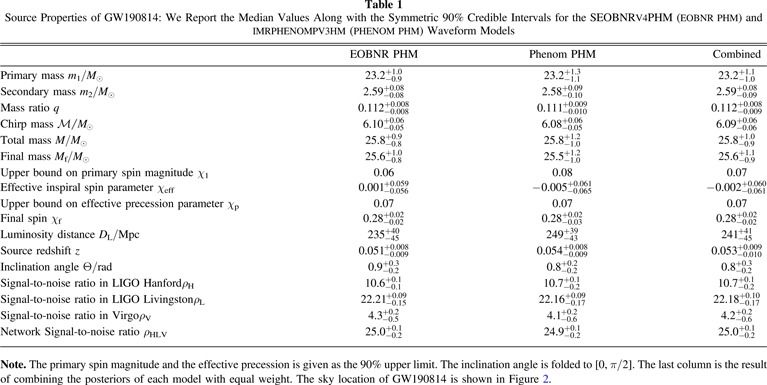Physicists from the Technion-Israel Institute of Technology and the University of Central Florida have experimentally observed optical branched flow in liquid soap films.
Instead of producing completely random speckle patterns, the slowly varying disordered potential gives rise to focused filaments that divide to form a pattern resembling the branches of a tree.









